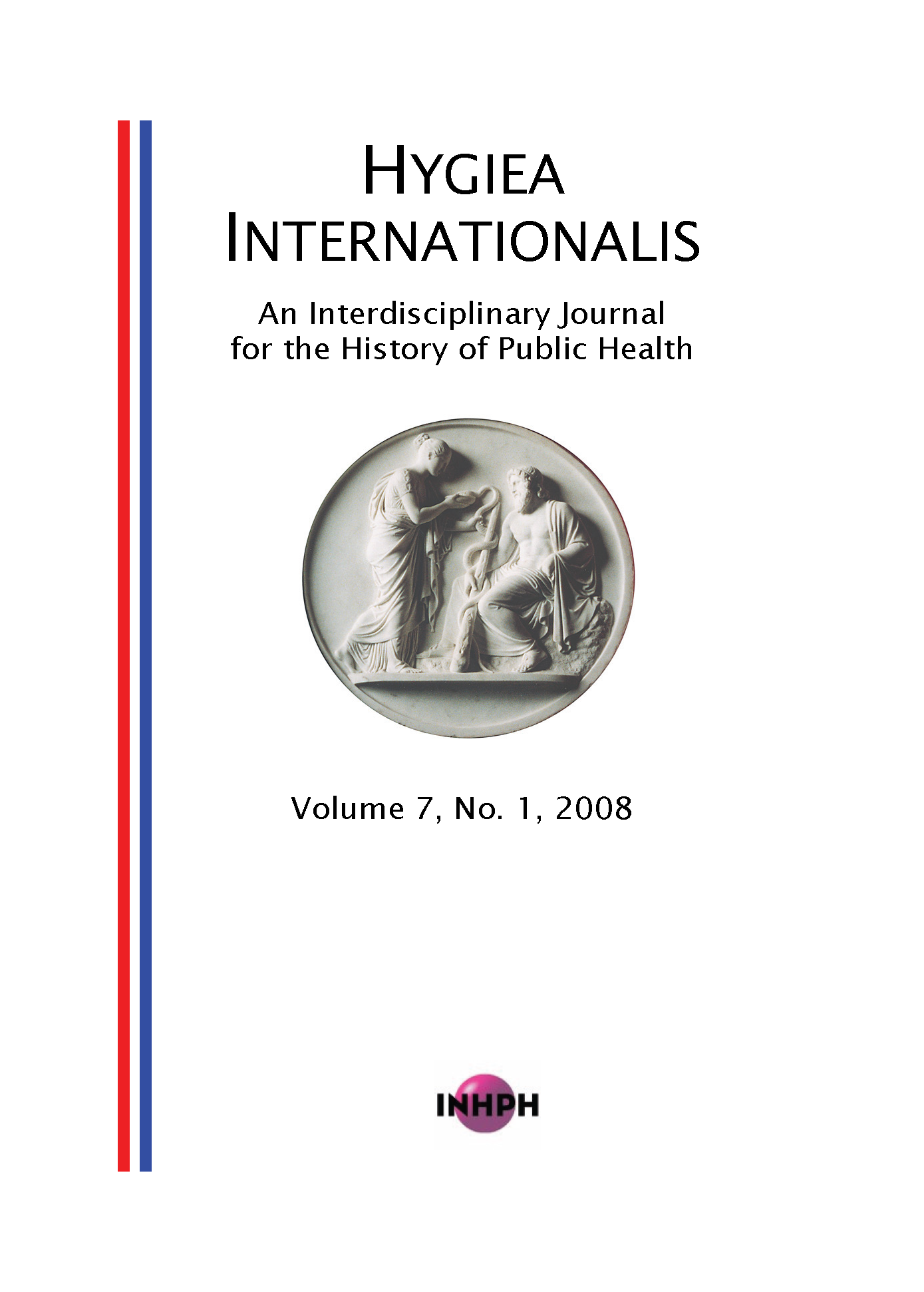Welfare and Social Capital in Linköping, 1600-1620
DOI:
https://doi.org/10.3384/hygiea.1403-8668.087149Keywords:
Local government, secular, religious, social capital, formal instituttionsAbstract
This article deals with early seventeenth century local government, both the secular and religious, in order to present the concepts of “the good society”, and the strategies that were used to achieve and retain this ideal. Most people were excluded from the ranks of decision-makers and had little or no possibility to influence the decisions that were made concerning their interests, such as the unwed mothers, hired hands and female servants. Still, those in society with a presumed low social capital also clearly valued the rituals of the town council and the church, and used the formal institutions to improve their conditions. The conclusion can thus be drawn that there was great confidence in the formal institutions and that they were used by more than those who belonged to the upper social strata. The local Swedish government of the town Linköping provided public resources which were beneficial to common people. This article illustrates how this functioned in practice.Downloads
Published
2008-11-03
How to Cite
Sandén, A. (2008). Welfare and Social Capital in Linköping, 1600-1620. Hygiea Internationalis: An Interdisciplinary Journal for the History of Public Health, 7(1), 49–67. https://doi.org/10.3384/hygiea.1403-8668.087149
Issue
Section
Articles
License
Copyright (c) 2008 the Author(s)

This work is licensed under a Creative Commons Attribution-NonCommercial 4.0 International License.






